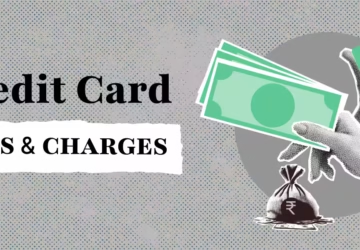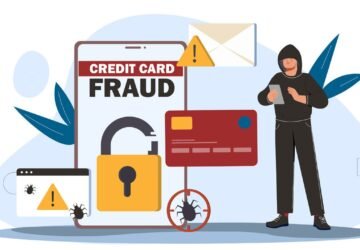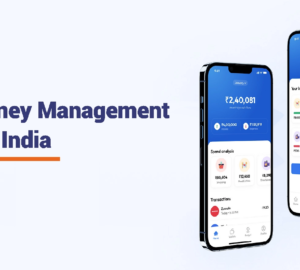Just like you go to the doctor for an annual health check-up, your finances need regular check-ups too. A financial health check-up helps you assess where you stand, identify risks, and take steps to improve your financial well-being.
Whether you’re starting out or revisiting your goals, here’s a step-by-step guide to evaluating your financial health and staying on the path to financial freedom.
Why a Financial Health Check-Up Matters
- Ensures your income, savings, and expenses are in balance
- Helps you identify leaks, risks, or problem areas
- Keeps you aligned with short- and long-term financial goals
- Provides peace of mind and financial confidence
Step-by-Step Financial Health Check-Up
1. Assess Your Income & Expenses
Start by reviewing your monthly and annual income. Then, track all your expenses—fixed, variable, and occasional.
Questions to Ask:
- What’s my monthly net income?
- How much do I spend on essentials (needs)?
- How much goes toward discretionary (wants) spending?
- Am I living within my means?
Tools: Budgeting apps like Walnut, Money View, or Excel sheets
2. Check Your Savings Rate
A healthy savings rate is usually 20% of your income. Check how much you’re saving and whether it aligns with your goals.
Tips:
- Are you saving consistently every month?
- Do you have automatic transfers to savings/investment accounts?
- Could you save more by reducing unnecessary expenses?
3. Review Your Emergency Fund
An emergency fund should cover 3–6 months of essential living expenses.
Checklist:
- Do you have one?
- Is it easily accessible (savings account, liquid fund)?
- Is it enough to cover job loss, medical emergencies, or unexpected expenses?
4. Evaluate Your Debt Situation
Debt is a major indicator of financial health. Not all debt is bad, but high-interest or unmanageable debt is a red flag.
Key Metrics:
- Total debt vs. income (debt-to-income ratio)
- Are you paying EMIs on time?
- Are you only paying the minimum on credit cards?
- Do you have a repayment strategy?
Healthy Sign: Your EMIs and debt payments should be under 40% of your monthly income.
5. Analyze Your Credit Score
Your credit score reflects your financial behavior and impacts loan approvals, credit card eligibility, and interest rates.
How to Check:
- Use services like CIBIL, Experian, or CRIF for free credit reports.
- A score above 750 is generally considered good.
Tip: Always pay bills on time and avoid maxing out credit cards.
6. Review Your Investments
Evaluate all your investments—mutual funds, stocks, PPF, NPS, FDs, etc.—to ensure they align with your goals and risk appetite.
Ask Yourself:
- Are my investments diversified?
- Am I investing regularly (SIPs)?
- What are my short-, medium-, and long-term goals?
- Do I have the right asset allocation?
Tip: Rebalance your portfolio annually based on market changes and life events.
7. Check Your Insurance Coverage
Insurance is essential for financial protection. Lack of proper coverage can derail your finances during emergencies.
Checklist:
- Do you have term life insurance?
- Is your health insurance coverage adequate for you and your family?
- Do you have vehicle and home insurance?
Tip: Term insurance should cover 10–15 times your annual income.
8. Retirement Readiness
Even if retirement seems far away, it’s never too early to plan. Check how much you’ve saved and whether you’re on track.
Consider:
- Are you contributing to EPF, PPF, or NPS?
- How much corpus will you need based on your lifestyle?
- Are you investing in retirement-focused mutual funds?
9. Set or Review Financial Goals
Goals give your money direction and purpose. Break them into short (0–2 years), medium (2–5 years), and long-term (5+ years).
Examples:
- Short-term: Emergency fund, vacation, gadgets
- Medium-term: Down payment for a house, car, child’s education
- Long-term: Retirement, wealth building
Make sure your savings and investments align with these goals.
10. Create an Action Plan
After evaluating each area, write down an action plan:
- What needs improvement?
- What can you do better next month?
- What financial habits can you start or stop?
Review your plan every 3–6 months.

Red Flags to Watch Out For
- Credit card balances increasing month after month
- No emergency fund
- No insurance coverage
- Savings rate below 10%
- Investing based on hearsay or trends
Final Thoughts
A financial health check-up is not a one-time activity—it’s an ongoing process. Regularly checking your finances helps you stay on course, avoid mistakes, and move closer to financial freedom. Even small improvements can have a big impact over time.
Take one step today—review your expenses, check your savings, or track your debt. Your future self will thank you.
Disclaimer: This article is for educational purposes only and does not constitute financial advice. Please consult a certified financial planner for personalized guidance.








